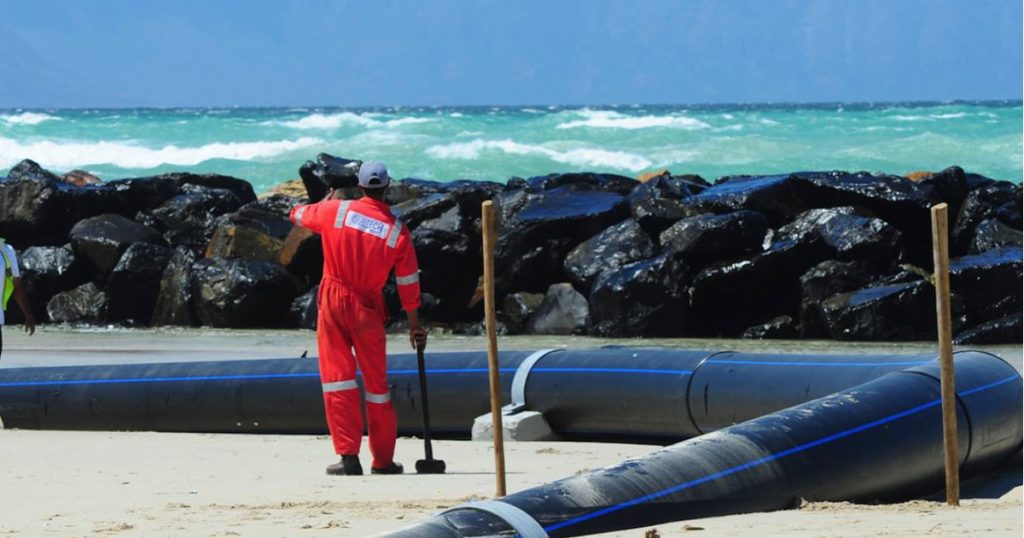Cape Town Desalination Project
The Cape Town water crisis in 2018 was primarily caused by a severe drought and ensuing water shortage in the city and greater region. The crisis was primarily a result of prolonged drought conditions, increased water consumption, and inadequate water infrastructure.
To address the water shortage, the city of Cape Town implemented various water-saving measures, including strict water use restrictions, public awareness campaigns, and the development of alternative water sources, such as desalination plants and groundwater extraction. These measures were aimed at conserving water and ensuring a sustainable water supply for the city’s residents.HDPE pipe was used for saltwater intakes, raw water conveyance and brine outfalls. In the image to the right, the HDPE Float and sink method of an HDPE 630mm diameter pipe being installed for an intake pipeline at Monwabisi (False Bay, South Africa).
HDPE Float and sink method of a 630mm OD intake pipeline at Monwabisi (False Bay, South Africa). The city constructed seven desalination plants, all of which used HDPE pipes to bring water in from the ocean and deliver the brine back to the sea. HDPE pipes were chosen for this application due to their durability, corrosion resistance, and smooth inner bore, which minimizes friction losses and maximizes flow efficiency. In addition to their use in desalination plants, HDPE pipes are also commonly used in a variety of other water infrastructure applications, such as water distribution networks, wastewater collection systems, landfills, geothermal installations, natural gas systems and irrigation systems. HDPE pipes are a versatile and reliable material that can play a vital role in ensuring the safe and efficient delivery of water.

Illustration: internet and the ppt
